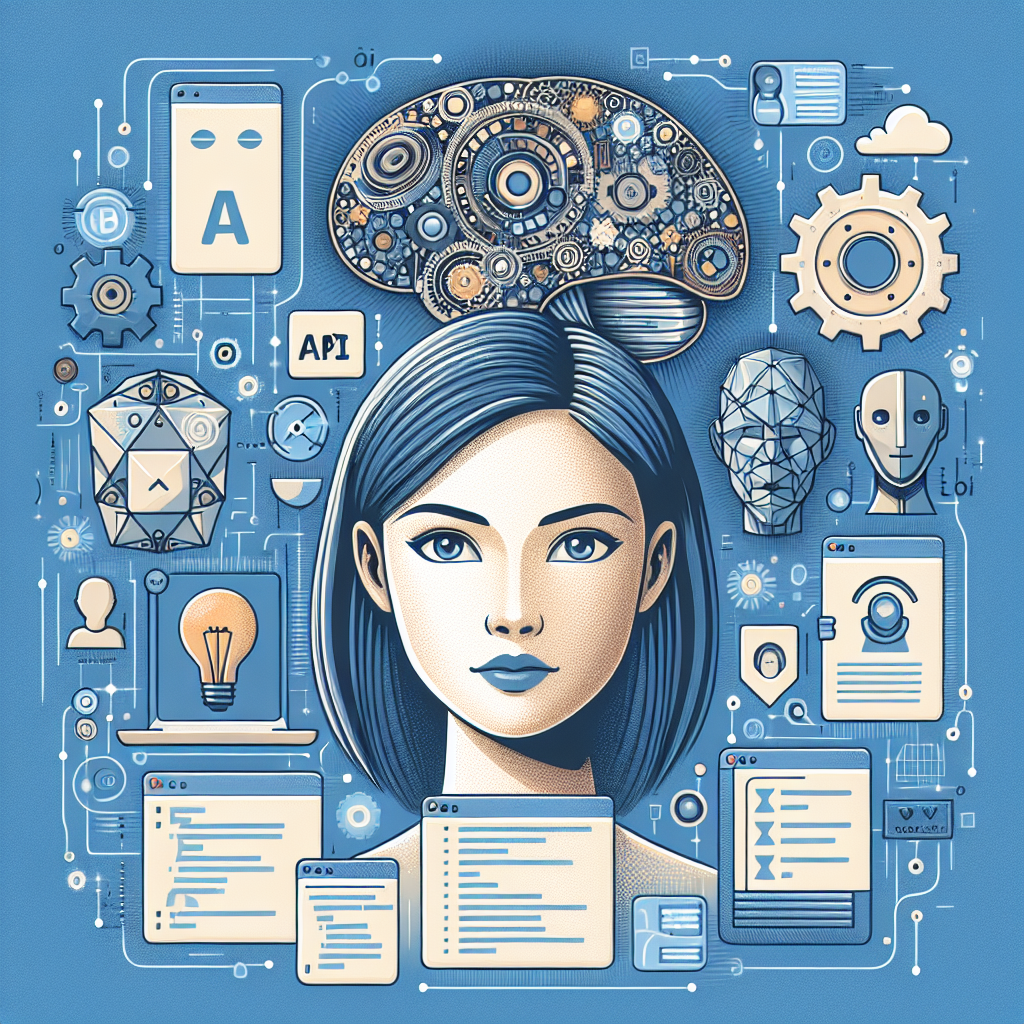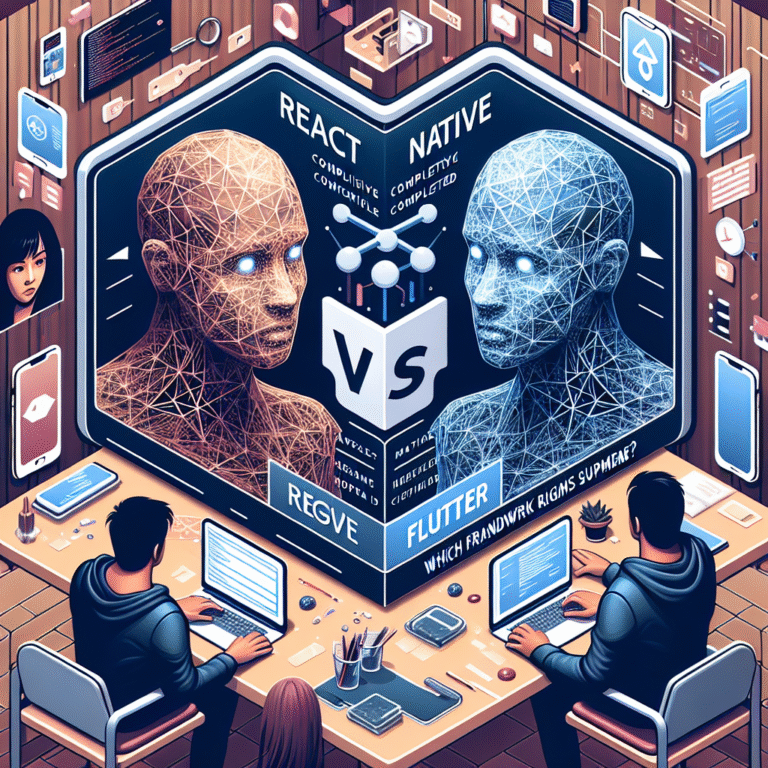“`html
Essential AI APIs to Enhance Your Development Projects
Introduction
In today’s tech-driven landscape, AI APIs have become indispensable tools for developers looking to integrate advanced functionalities into their applications. These APIs allow developers to harness the power of artificial intelligence, enabling them to create smarter, more efficient applications.
Understanding the importance of AI API integration can help developers enhance their projects, streamline workflows, and ultimately provide better end-user experiences.
What are AI APIs?
AI APIs are application programming interfaces that provide access to AI technologies and functionalities. They allow developers to incorporate machine learning, natural language processing, computer vision, and more into their applications without needing in-depth knowledge of the underlying algorithms or data science.
There are various types of AI APIs available, each serving different purposes and functionalities:
- Natural Language Processing APIs
- Machine Learning APIs
- Computer Vision APIs
- Speech Recognition APIs
- Chatbot APIs
Top AI APIs for Developers
Natural Language Processing APIs
Natural Language Processing (NLP) APIs enable applications to understand and process human language. These APIs can analyze text, extract insights, and enable language translation. For a deeper dive into the impact of NLP, see our article on transforming industries with NLP.
- Google Cloud Natural Language API: Provides powerful text analysis capabilities.
- IBM Watson Natural Language Understanding: Offers sentiment analysis and entity recognition.
Machine Learning APIs
Machine Learning APIs allow developers to build predictive models and analyze data trends. They simplify the integration of machine learning into applications. To explore essential machine learning frameworks, check out essential frameworks for developers.
- Amazon Machine Learning: Provides a comprehensive platform for building and deploying models.
- Azure Machine Learning: Offers advanced tools for model training and deployment.
Computer Vision APIs
Computer Vision APIs facilitate image processing and analysis, enabling applications to recognize and interpret visual data. Learn more about the application of computer vision in retail in our article transforming retail with computer vision technology.
- Google Cloud Vision API: Provides image recognition capabilities with powerful tagging and categorization.
- Microsoft Azure Computer Vision: Offers features such as optical character recognition and image analysis.
Speech Recognition APIs
Speech Recognition APIs convert spoken language into text, enabling voice commands and transcriptions within applications.
- Google Cloud Speech-to-Text: Enables real-time speech recognition.
- IBM Watson Speech to Text: Offers robust speech recognition for various languages.
Chatbot APIs
Chatbot APIs allow developers to create conversational agents that can interact with users through natural language. For insights on deploying chatbots effectively, our article on transforming business with chatbots can provide valuable information.
- Dialogflow: Google’s NLP engine for building chatbots and conversational interfaces.
- Microsoft Bot Framework: A comprehensive framework for developing intelligent bots.
How to Choose the Right AI API
When selecting an AI API for your development project, consider the following factors:
- Functionality: Ensure the API meets the specific needs of your project.
- Ease of integration: Look for APIs that are well-documented and easy to implement.
- Scalability: Choose APIs that can grow with your application.
- Pricing models: Evaluate the cost structure based on your usage and budget.
Integrating AI APIs into Your Projects
Integration of AI APIs into your projects can be done in a few straightforward steps:
- Identify the specific AI functionality required for your application.
- Choose the appropriate API based on your needs and the factors mentioned above.
- Obtain API keys and set up authentication.
- Follow the integration guidelines provided in the API documentation.
- Implement and test the API to ensure it functions as expected.
Common challenges during integration include managing API limits, handling errors gracefully, and ensuring data privacy.
Case Studies
Here are a few examples of successful AI API implementations:
- Retail Analytics: A retail company used machine learning APIs to analyze consumer buying patterns, leading to personalized marketing strategies.
- Healthcare Chatbots: A healthcare provider integrated a chatbot API to provide 24/7 patient support, significantly reducing response times.
Conclusion
The integration of AI APIs into development projects offers numerous benefits, including enhanced functionality, improved user experiences, and the ability to leverage powerful AI capabilities. As AI technology continues to evolve, developers are encouraged to explore the vast array of AI APIs available to enhance their applications.
FAQ
- What is an API? An API, or application programming interface, is a set of rules that allows different software applications to communicate with each other.
- How do AI APIs differ from traditional APIs? AI APIs provide specialized functionalities related to artificial intelligence, such as machine learning and natural language processing, whereas traditional APIs handle general data exchange.
- Are all AI APIs free? No, while some AI APIs offer free tiers, many require payment based on usage or subscription models.
- How can I test an AI API before full integration? Most AI API providers offer sandbox environments or trial periods that allow developers to test the API features before full integration.
“`




